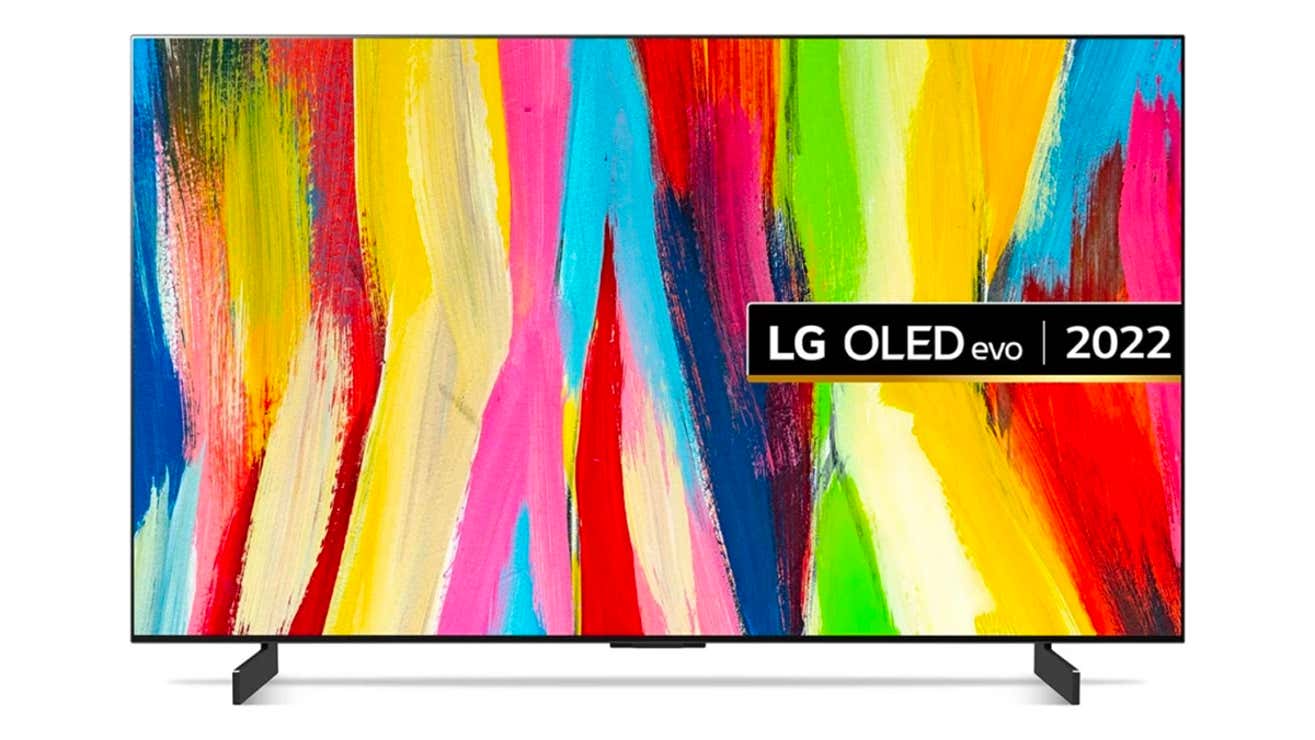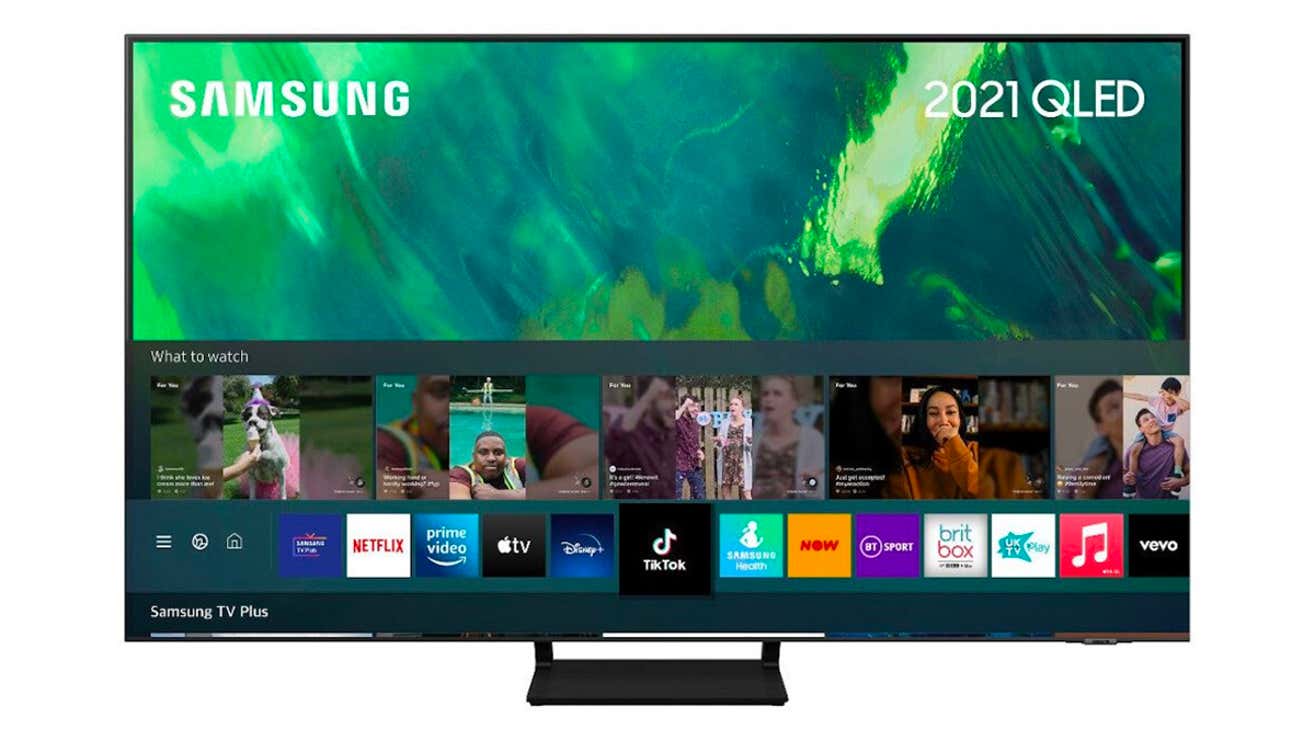Whether you're looking for an 8K or 4K television, OLED or LED, we've got a pick for you.
Let’s be honest: TVs have gotten so good that even the small and cheap ones look pretty great. But the decision of what TV to buy is more complicated than ever. There’s OLED screens and QLED and LED, smart TVs and not so smart, 8K and 4K, and a laundry list of inscrutable features like HDR and VRR. Where to start?
We’ll make things simple. In this article, we’ve put together a list of our recommendations for the best TVs you can buy right now.
What TV should I buy?
There’s something exciting about buying the newest and greatest TV in the store, but the truth is, you may not want or need the high-tech innovations offered by the latest TV models. 8K televisions are the current cutting edge, and they’re incredibly impressive, offering four times the resolution of 4K high definition, with approximately 33 million pixels in the display. But they’re also total overkill for most users —in order to get an 8K picture, you have to provide an 8K source, and most streaming sources top out at 4k. So unless you really like to live at the bleeding edge of tech, a 4k screen might be best for you.
You want a crisp and clear picture, you want great sound, you want fluid motion... and all these televisions will deliver that and much more. We’ve tried to cover a number of different price points, too, to give you an option or two whatever your budget.
What TVs are coming in 2023?
In late February, Sony introduced the new 2023 L lineup, and we visited the company to untangle all the new information about the latest TVs. You can read that story here to find out what’s coming from Sony, and also what trends are cooking industry-wide, especially in the image processing realm.
Meanwhile, to see what your best options are now, read on. The following options aren’t in order—consider them all recommendations. As for the prices mentioned on each one, they reflect what we’re seeing online at the time of writing, and you may see different deals and offers when you’re doing your own shopping.
LG C2 OLED Evo 4K
- Available sizes: 42, 48, 55, 65, 77, 83 inches
- Display tech: OLED
- Starting price: $1,400
The LG C2 OLED Evo 4K has been earning rave reviews from just about everyone who’s tried it, and it’s easy to see why: You get superb brightness and particularly contrast (as you would expect from an OLED panel), you get a top-end processor for object enhancement and dynamic processing, and you get a super-slimline, minimal design.
Available sizes go from the plenty large enough 42 inch to the simply gigantic 83 inch, with the 4K, 3840 x 2160 pixel resolution consistent throughout. You get some very decent HDR support as well, compatibility with the eARC standard for soundbars, and integrated 2.2-channel audio that offers a total of 40W of output together with Dolby Atmos support.
You’ve got four HDMI 2.1 ports to plug all of your various devices into, and the webOS software that comes on board the television is actually not bad either (you might not even need to plug anything in). For an outstanding picture with a punch, and action that grabs you, the LG C2 OLED Evo 4K is clearly one of the best options out there at the moment.
SAMSUNG Q70A QLED 4K
- Available sizes: 55, 65, 75, 85 inches
- Display tech: QLED
- Starting price: $950
Samsung is a name you can rely on when it comes to televisions, and with the Q70A QLED 4K, we have a set that checks a lot of boxes. It offers a 3840 x 2160 pixel resolution, extensive HDR support, eARC compatibility, three HDMI 2.0 ports and one HDMI 2.1 port, and 40W of built-in 2.2 channel audio that intelligently optimizes itself in real time.
The QLED technology is Samsung’s own take on an upgrade to LED, with an extra Quantum attached in front: It’s intended to create superior brightness and contrast through the addition of a quantum dot filter on the standard tech. Here, an extra Dual LED backlighting system also aims to provide deeper contrast and more accurate colors.
One of the key features here—and one that applies particularly to sports—is the way the picture can be adjusted on the fly via the on-board processor to match what you’re watching and the conditions (like brightness) in the room you’ve put it in. Add in the fast 120Hz refresh rate and it’s perfect for anything where images are moving quickly.



0 Comments